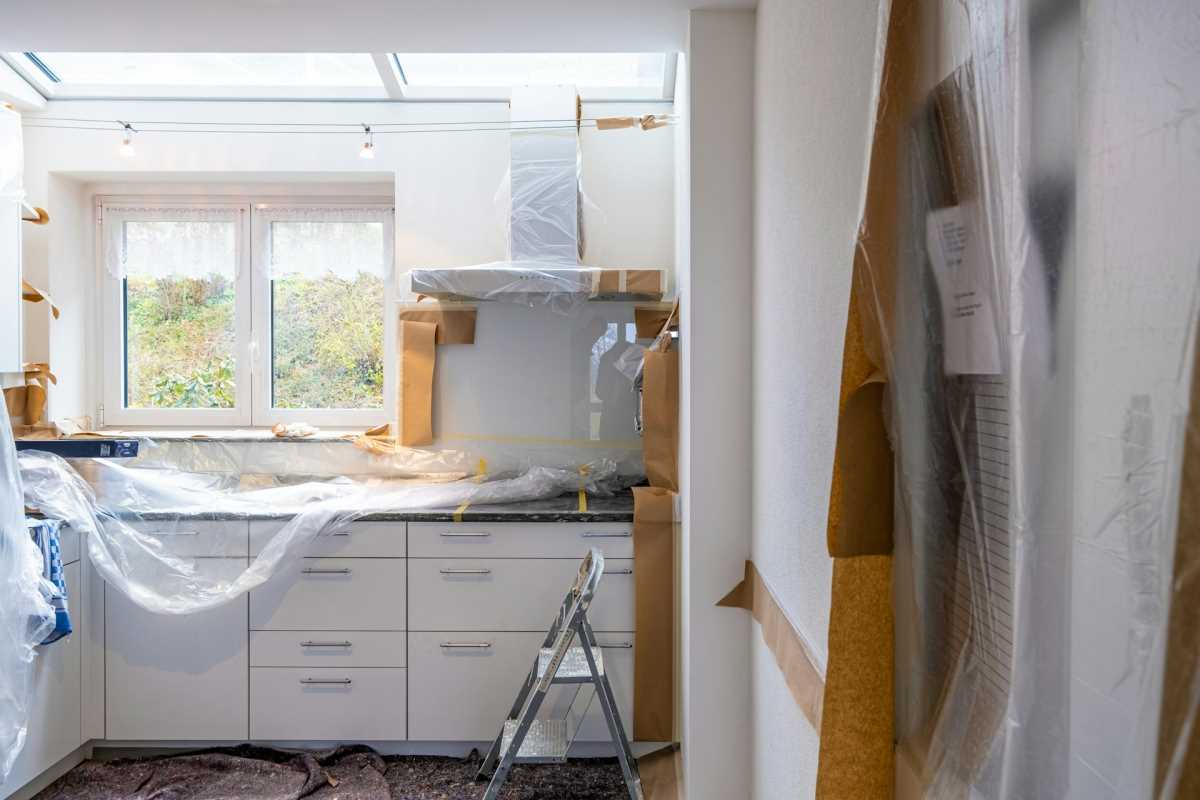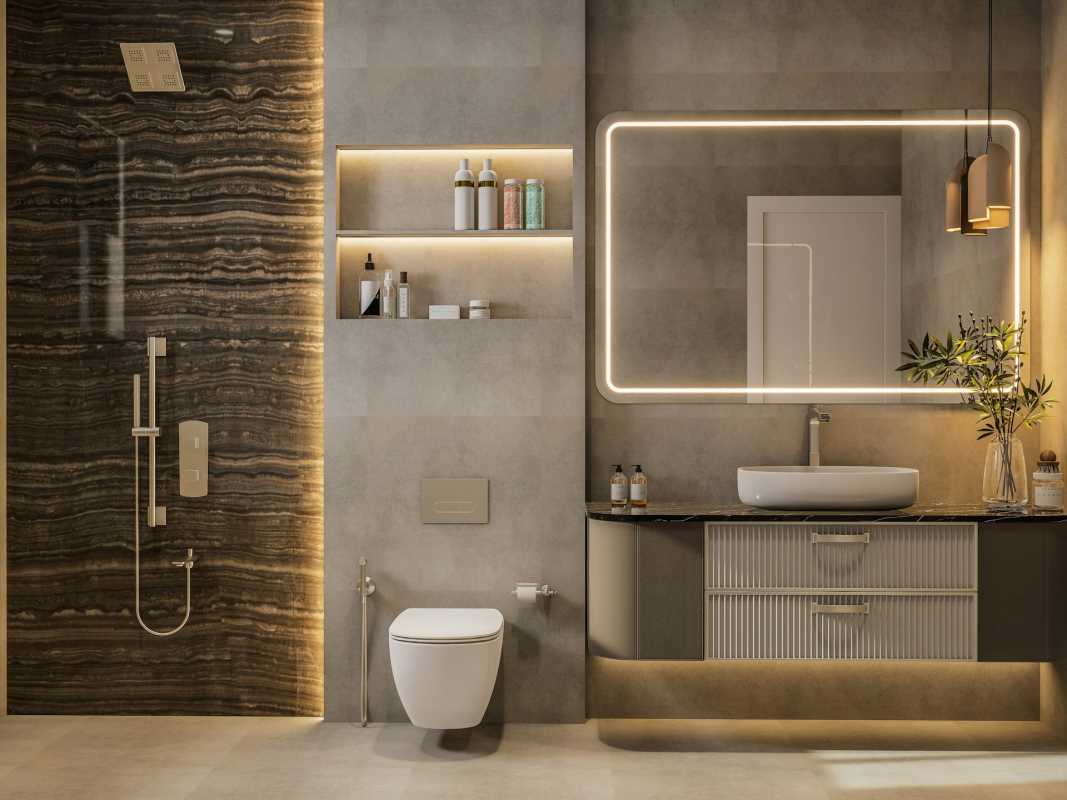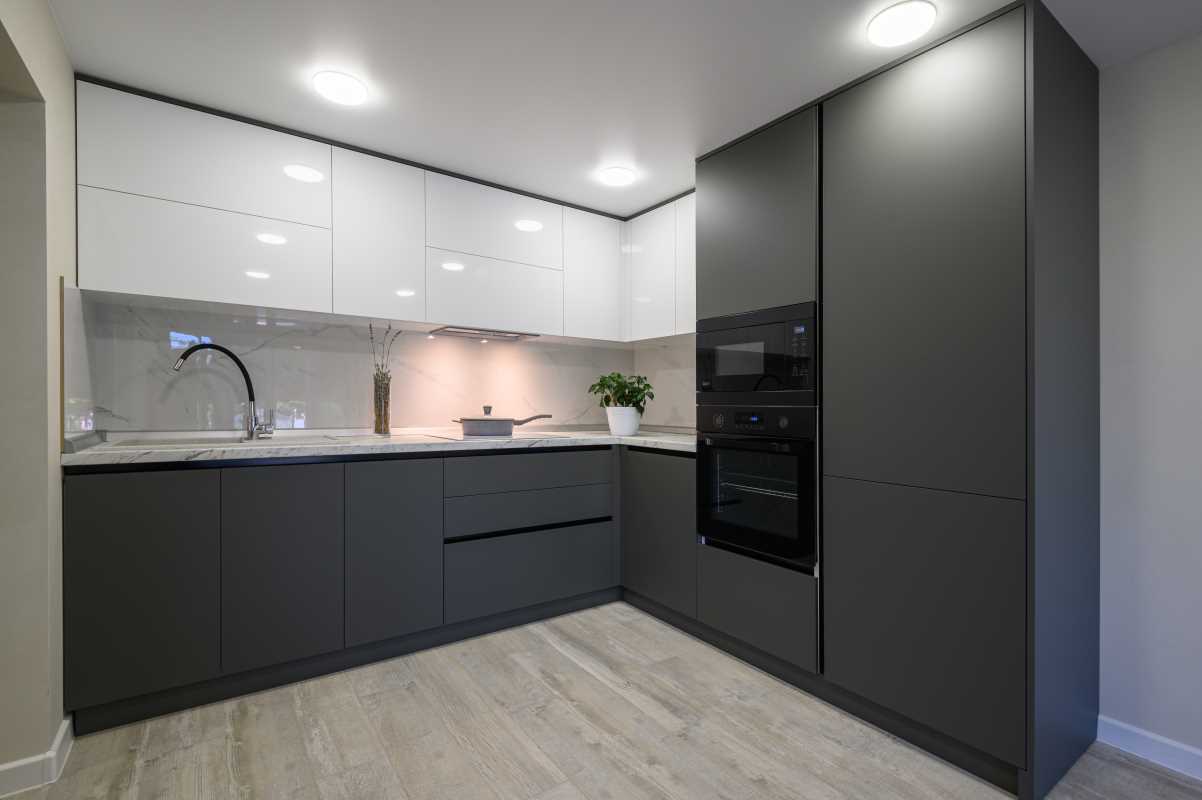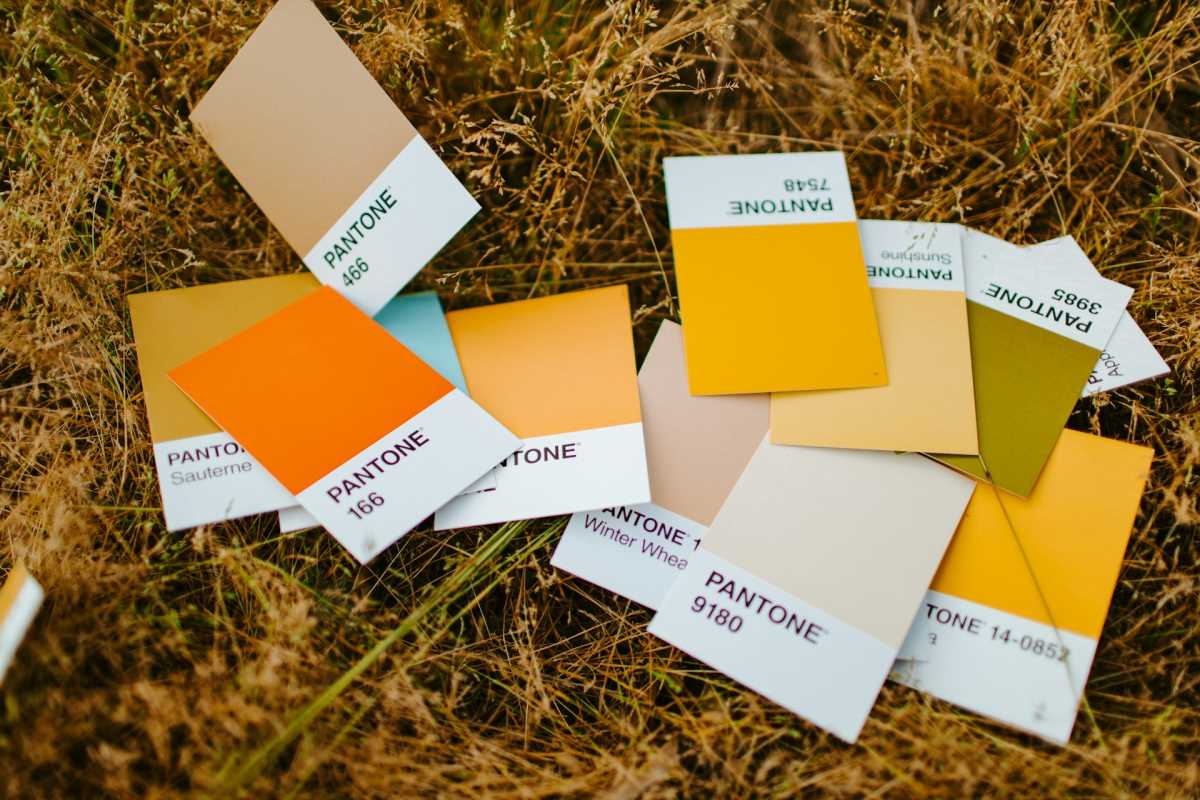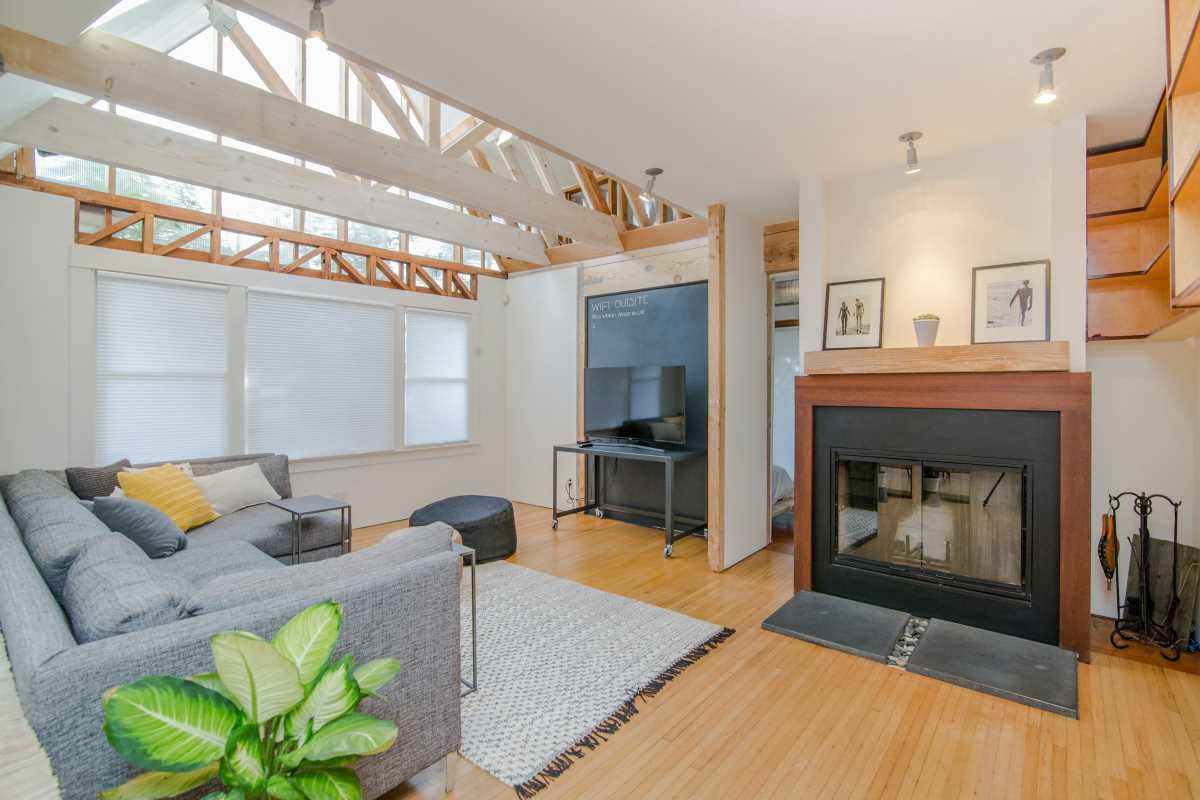When it comes to renovating your home, the choices you make can do more than transform your space; they can also help the environment and save you money in the long run. Eco-friendly renovations combine functionality, aesthetics, and sustainability, offering benefits that extend beyond your household to impact the broader world.
The good news? Many green upgrades not only reduce your home’s carbon footprint but also lower utility bills and increase property value. From energy-efficient appliances to sustainable building materials, these renovations are smart investments for both your wallet and the planet. Here’s how you can get started.
Why Eco-Friendly Renovations Are Worth It
Green renovations go beyond feel-good environmental impact. Here’s why they’re a win-win for homeowners.
- Lower Utility Costs: Energy-efficient upgrades reduce electricity and water use, leading to significant savings over time.
- Higher Property Value: Eco-friendly homes are increasingly in demand, making these upgrades attractive to future buyers.
- Tax Incentives: Many states and countries offer rebates or tax credits for installing energy-efficient systems or renewable energy solutions.
- Healthier Living Spaces: Green materials and water-saving technologies often reduce indoor air pollutants, promoting a healthier environment for you and your family.
Top Eco-Friendly Renovations That Pay Off
Here are some of the most impactful renovations that balance sustainability and financial return.
1. Energy-Efficient Windows
Upgraded windows can drastically reduce your energy use by insulating your home more effectively and minimizing heat loss during winter or heat gain in the summer.
Key Benefits
- Reduce energy bills by up to 25%.
- Lower reliance on heating and cooling systems.
- Improve noise reduction for a quieter home.
What to Look For
- Double or Triple Glazing to enhance insulation.
- Low-E Coatings to reflect heat and keep interiors comfortable.
- Energy Star Ratings for efficiency verification.
Pro Tip: Consider adding window treatments like thermal curtains or blinds for extra energy savings.
2. Solar Panels
Harnessing the power of the sun is one of the most impactful ways to boost your home’s energy efficiency while shrinking your environmental footprint.
Key Benefits
- Significantly reduce or even eliminate your electricity bill.
- Potential to sell excess energy back to the grid.
- Increase property value by up to 4%.
Things to Keep in Mind
- Initial installation can be expensive, but government rebates or tax breaks can offset costs.
- Ensure your roof gets sufficient sunlight to maximize efficiency.
Quick Fact: According to research, solar panels can pay for themselves within 6-10 years through energy savings.
3. Tankless Water Heaters
Traditional water heaters constantly heat water, even when not in use. On the other hand, tankless systems provide hot water on demand, reducing energy waste.
Why Switch to Tankless?
- Uses 30-50% less energy than traditional heaters.
- Offers longer lifespan (about 20 years) than storage water heaters.
- Frees up space due to compact design.
While the upfront cost is higher, the energy savings over time make this upgrade well worth it.
4. Water-Saving Fixtures
Combat rising water costs with sleek, modern fixtures designed to use water more efficiently without compromising performance.
Smart Choices for Water Conservation
- Low-Flow Toilets use as little as 1.28 gallons per flush compared to the standard 3.5 gallons.
- Aerated Faucets mix air with water, reducing water usage without lowering pressure.
- Efficient Showerheads provide powerful streams while using up to 50% less water.
By using water-saving fixtures, the average family can save up to 13,000 gallons of water per year.
5. Insulation and Sealing
Improving home insulation isn’t the most glamorous renovation, but it’s one of the most effective ways to increase efficiency.
Areas to Focus On
- Attic insulation to prevent heat from escaping in winter or entering in summer.
- Walls to stabilize indoor temperatures.
- Seals Around Doors/Windows to eliminate drafts.
Upgraded insulation works in tandem with energy-efficient windows to cut heating and cooling costs while creating a more comfortable living space.
6. Sustainable Flooring
When redesigning your interiors, prioritize flooring options that are eco-friendly, durable, and visually appealing.
Best Sustainable Flooring Options
- Bamboo: A renewable, fast-growing resource that’s stylish and durable.
- Reclaimed Hardwood: Repurposed from old buildings, this material reduces the need for new lumber.
- Cork: Harvested sustainably from tree bark, cork is naturally insulating and hypoallergenic.
By choosing sustainable materials, you’re reducing the environmental impact of manufacturing and deforestation.
7. Smart Home Technology
Smart devices help you monitor and control your energy and resource usage effortlessly.
Devices to Add to Your Home
- Smart Thermostats adjust temperatures based on your schedule, saving energy and money.
- Smart Lighting automatically dims or shuts off when not in use.
- Leak Detectors monitor your water lines and alert you to issues before they become costly problems.
By syncing smart devices with your home’s systems, you can create an intuitive environment that increases efficiency and convenience.
8. Green Roofs and Landscaping
Turn your roof or yard into an eco-friendly oasis that benefits your home and the surrounding environment.
What to Consider
- Green Roofs are covered in vegetation, reducing heat absorption and providing natural insulation.
- Native Plants in Landscaping require less water, fertilizers, and maintenance.
- Rainwater Harvesting Systems allow you to collect and reuse water for lawn care, reducing your reliance on municipal water supplies.
Upgraded landscaping improves curb appeal and creates a comfortable outdoor environment while saving precious resources.
Tips to Maximize Your Eco-Friendly Renovation
- Plan Holistically: Think about how different upgrades (e.g., insulation and windows) can work together to save energy.
- Budget Carefully: Look for rebates or tax incentives to make green materials and systems more affordable.
- Start Small: Begin with low-cost improvements like water-saving fixtures or LED lighting if you’re working with a tight budget.
- Hire Green-Certified Contractors: Ensure your remodelers adhere to sustainable practices and understand eco-friendly materials.
Eco-friendly renovations are no longer just trends; they’re smart investments that offer real returns. From significantly reducing utility bills to increasing your property value, these upgrades show you don’t have to choose between sustainability and financial benefits.
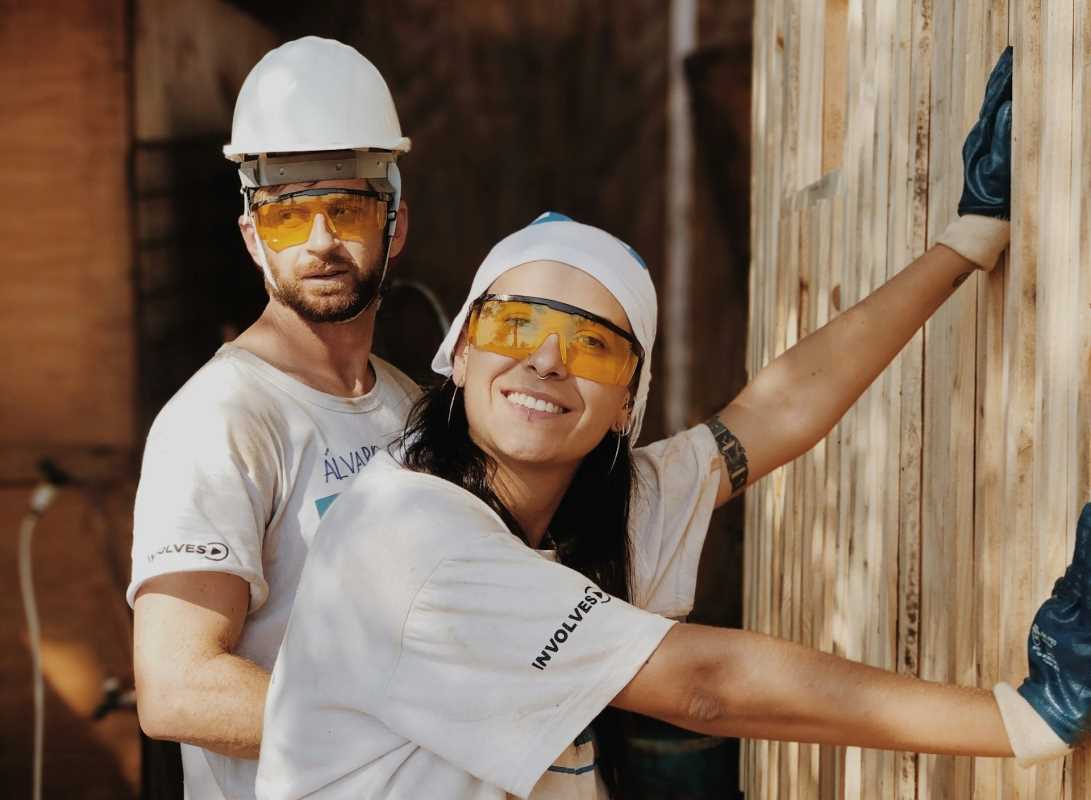 (Image via
(Image via